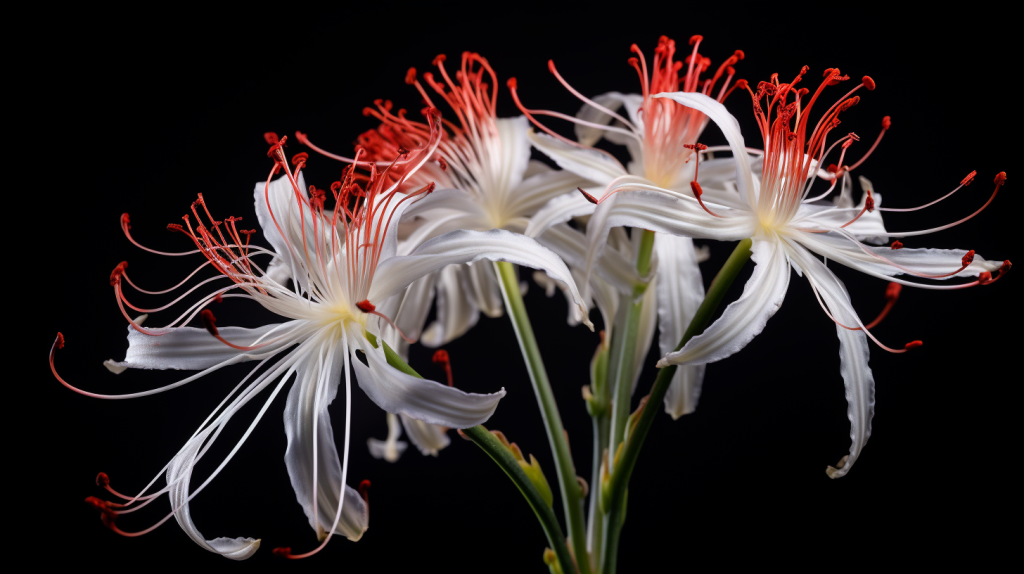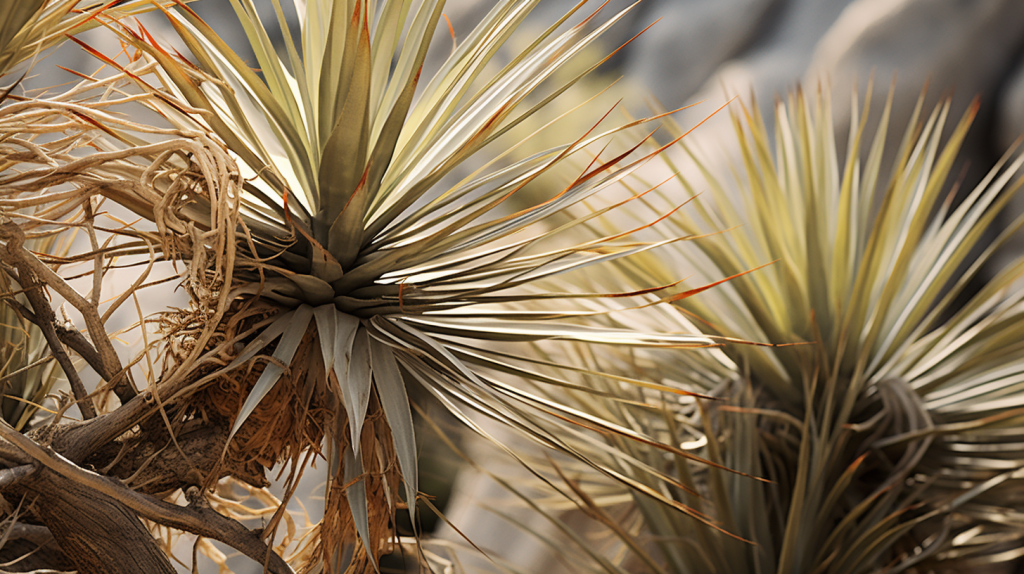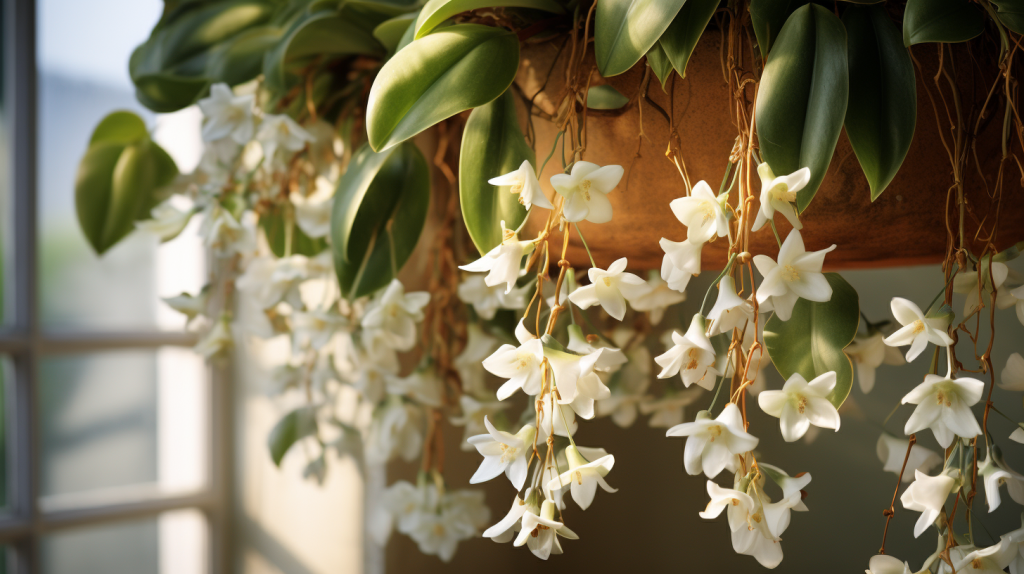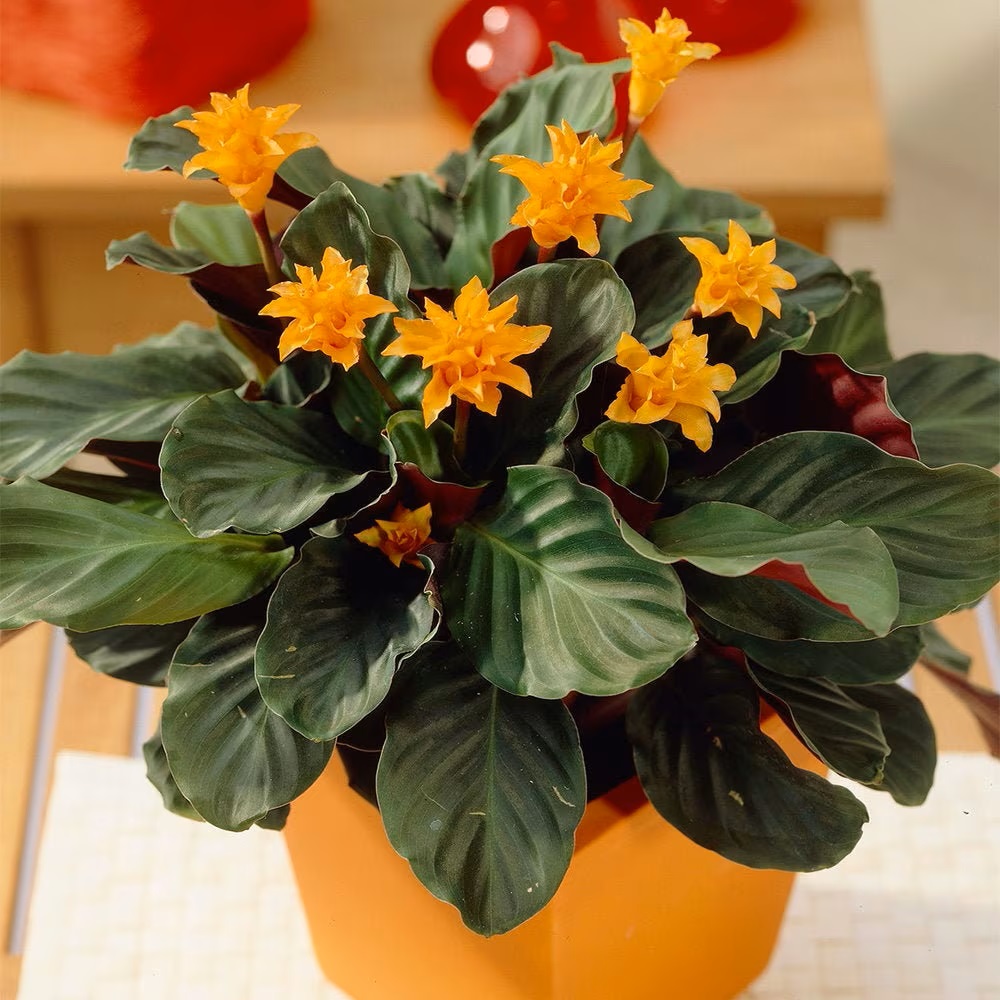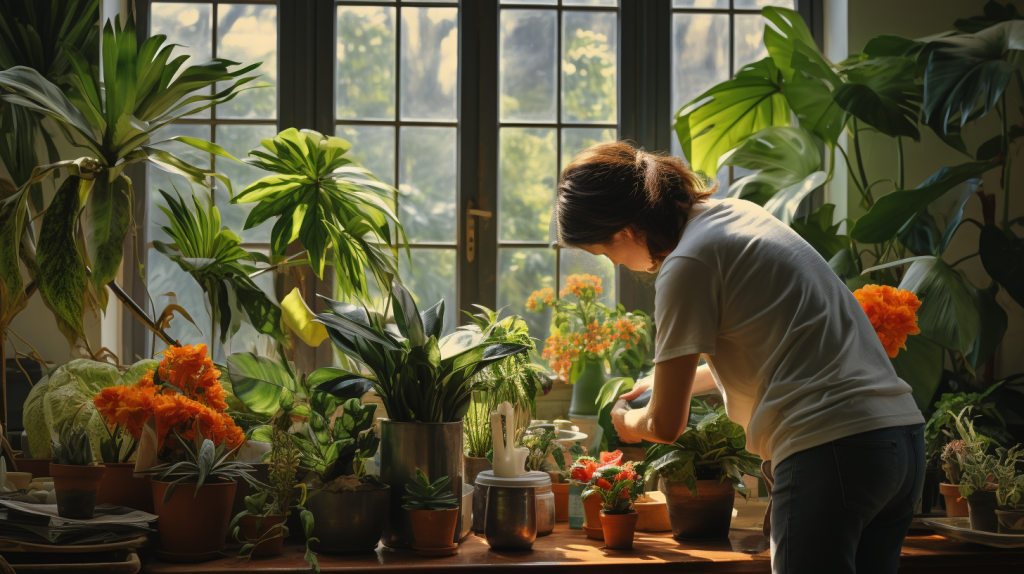Who knew there was a whole world of diversity in the realm of plant food? Indeed, just like us humans, plants too have their own preferred meals. But what exactly are these types of plant fertilizers and why are they so important?
Let’s dive right in. Fundamentally, there are two broad categories of fertilizers: organic and synthetic. Organic fertilizers are derived from plant or animal waste, or minerals. They feed your plants while also improving the soil structure. Examples include compost, manure, and bone meal.
Synthetic fertilizers, on the other hand, are man-made and consist of various minerals. They are usually more concentrated and fast-acting than organic types. Water-soluble and time-release pellets are some popular forms.
Organic Fertilizer vs Synthetic Fertilizer
| Type | Pros | Cons |
|---|---|---|
| Organic | – Environmentally friendly | – Slower nutrient release |
| – Improves soil structure and health | – May contain lower nutrient concentrations | |
| – Provides a broad range of nutrients | – Often more expensive | |
| – Lower risk of over-fertilizing | – Can be bulky and have an unpleasant odor | |
| Synthetic | – Fast-acting and immediate nutrient availability | – May contribute to soil, air, and water pollution |
| – Concentrated nutrients allow for precise control | – Doesn’t improve soil structure or long-term soil health | |
| – Usually less expensive and readily available | – Higher risk of over-fertilizing and nutrient runoff | |
| – Comes in various forms for different application needs (liquid, granular, etc.) | – May contain chemicals that are harmful to certain plants or organisms |
The decision to use organic or synthetic fertilizers should take into consideration the specific needs of your plants, your budget, and your personal preferences regarding environmental impact and ease of use. By weighing these pros and cons, you can make an informed choice that’s best suited for your particular situation.
Nutrients In Fertilizer
So what’s on the menu for plants? Well, they crave three main nutrients: nitrogen (N), phosphorus (P), and potassium (K). Think of these as the protein, carbs, and fats of the plant world. Nitrogen boosts leaf growth, phosphorus helps in root development and flowers, while potassium aids in overall plant health.
Additionally, fertilizers may contain secondary nutrients like calcium, magnesium, and sulfur, as well as micronutrients, such as iron, manganese, and zinc. Think of these as the vitamins and minerals that round out a balanced plant diet.
When To Feed The Plants
Ever wondered when the best time to feed your green buddies is? It’s a crucial question and the answer can impact their growth significantly. Most indoor plants grow actively in spring and summer, making it an ideal time for a nutrient boost. During this period, you may want to feed them every 2-4 weeks.
However, during fall and winter, plants usually enter a dormant phase, much like animals hibernating. During this time, it’s best to reduce or even stop feeding to prevent potential damage from over-fertilizing.
Signs Of Overfeeding
Speaking of damage, what happens when you love your plants a bit too much and end up overfeeding them? It’s like feeding a child too much candy – it leads to problems. Over-fertilized plants may show symptoms like yellowing leaves, stunted growth, or leaf drop.
In severe cases, a crust of fertilizer may form on the soil surface. If you notice these signs, it’s time to hold off on the plant food and reassess your feeding strategy.
Common Problems
Fertilizing isn’t always a smooth journey. It’s common to encounter issues along the way, like nutrient deficiency, where plants show signs of discoloration or abnormal growth. This might indicate they’re missing key nutrients.
Conversely, nutrient toxicity can occur when there’s an excess of nutrients, leading to burnt leaf tips or even plant death. In such cases, less is more. Gradual adjustments and close monitoring can help rectify the situation.
Frequently Asked Questions
- How do I choose the right fertilizer for my plant? Different plants have different nutritional needs. Research about your specific plant type to find the most suitable fertilizer.
- Can I overwater my plants after fertilizing? Overwatering can cause nutrients to wash away. Water just enough to moisten the soil.
- Are coffee grounds good for houseplants? Coffee grounds can be beneficial for acid-loving houseplants. However, it’s best to compost them first to avoid any potential issues.
- Can I use outdoor plant fertilizer for my houseplants? While it’s possible, outdoor fertilizers may be too concentrated for houseplants. Always use according to instructions.
- Why are my plants yellowing despite regular fertilization? This could be due to over-fertilizing or a lack of specific nutrients. It’s best to assess the plant’s overall health and care routine.
Conclusion
Fertilizing houseplants is akin to cooking a meal. You need the right ingredients (types of fertilizer), recipe (nutrient balance), and timing (when to feed) to ensure a hearty meal for your leafy friends. But remember, overcooking or undercooking (over or under-fertilizing) can lead to problems.
So, as with anything, balance is key. With the right knowledge, you’ll not just have surviving plants but thriving ones. Happy fertilizing!

